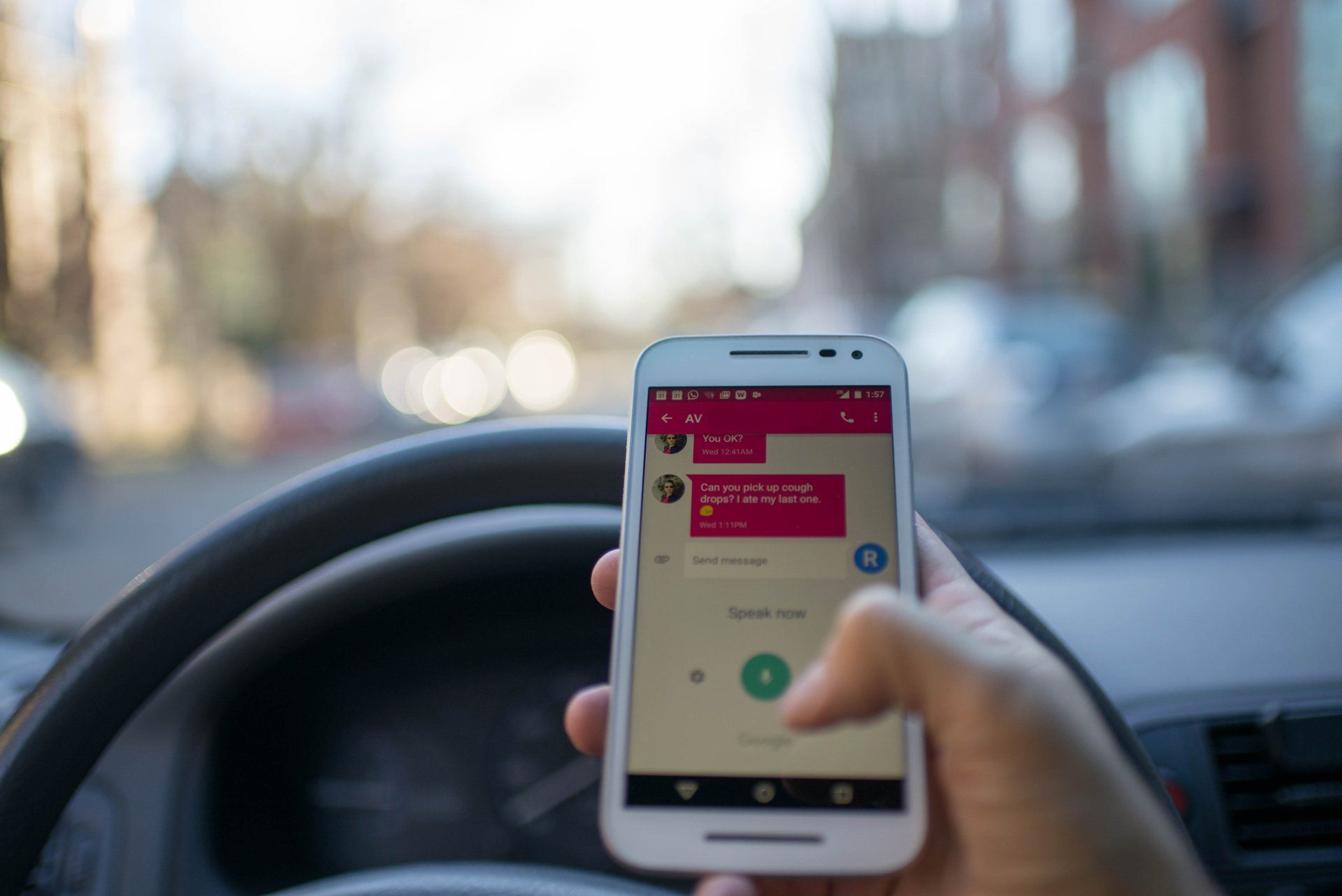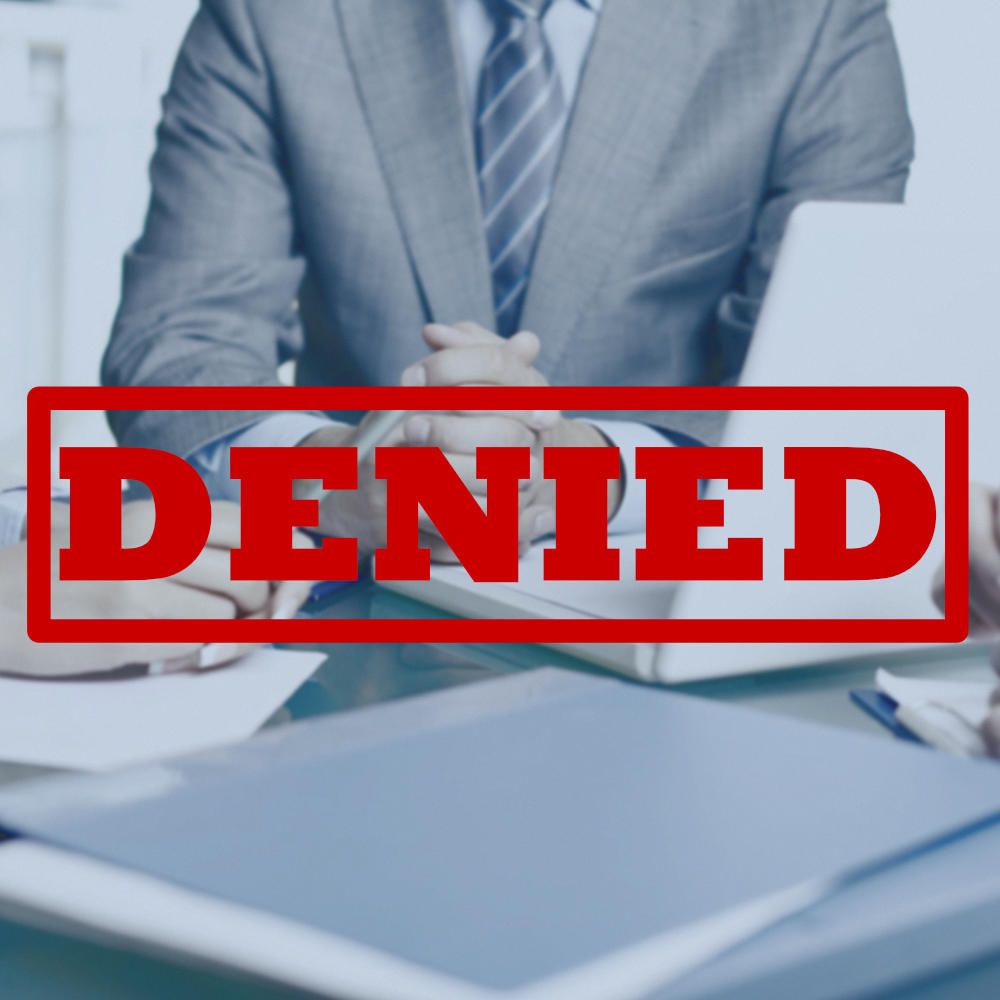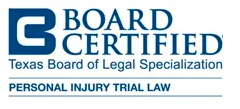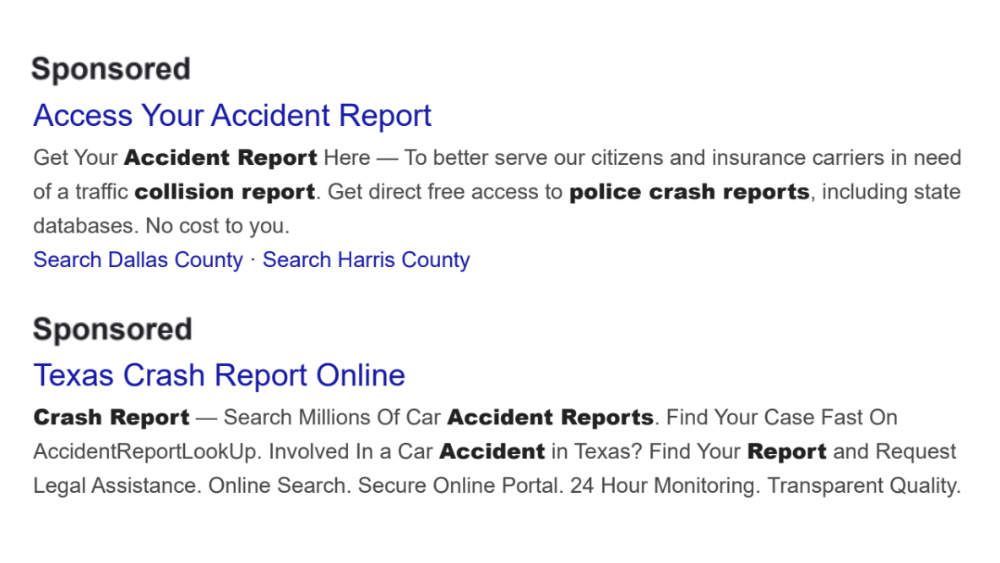How to protect your family on the road
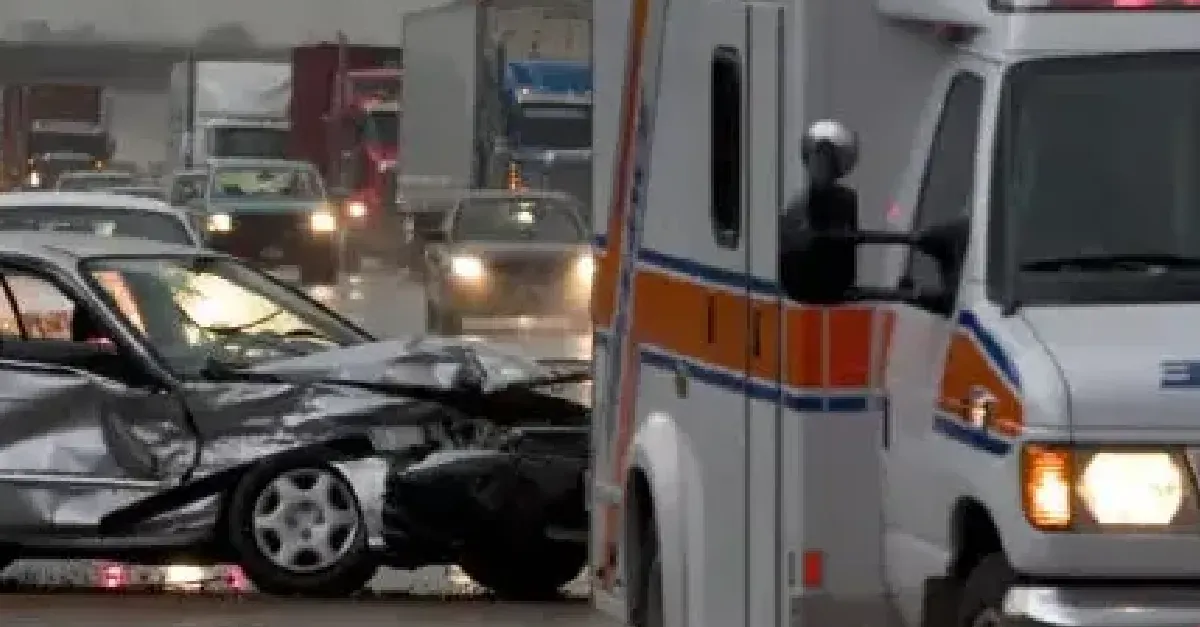
- Be alert and aware of your surroundings when driving near 18-wheelers. Keep watch where the truck is and where other nearby cars are located and their movement. Being alert can give you time to move out of the way and to safety in the event of a collision.
- Don’t crowd 18-wheelers. When driving behind a semi- truck, leave enough space to stop in case the driver must slam on his brakes. You do not want to rear-end an 18-wheeler.
- Pass safely. When passing an 18-wheeler, stay closer to the shoulder than to the truck and pass as quickly as you can safely pass. If you linger next to the 18-wheeler, you may be in their blind spot.
- Don’t cut in front of a semi-truck. It takes large trucks a long distance to stop. Leave enough space between you and the truck so they can avoid hitting you in the event of a slowdown.
- Avoid the big rig’s blind spots. Large trucks have multiple blind spots, including the right side of the truck, directly in front of the truck, and directly behind the trailer. To protect yourself, stay out of these blind spots. The old adage is that if you can’t see the driver in the mirror, they can’t see you.
- Use your turn signal. Always use your turn signal when you are changing lanes or making a turn. Give the big rig driver sufficient warning of where you are moving to so he can avoid hitting you.
- If you travel in mountainous areas, you may have seen the runaway truck ramps. These ramps are there because trucks can have brake failures on steep slopes. Stay away from big trucks on both inclining and declining slopes to protect yourself in the event of a runaway truck. If you are sharing the road with a big truck and the road is steep, stay as far away as you can in the event of a brake failure.
- 18-wheelers take very wide turns due to their length. Give them enough space when they are turning so they don’t hit you.
- Avoid distractions, such as texting, applying make-up and eating;
- Watch out for and move away from drivers who are swerving or otherwise demonstrating that they are distracted by texting on their phone;
- Always make sure your child is in the proper car seat, even when traveling in someone else’s vehicle;
- Keep a proper distance between you and the vehicle ahead of you. Keep enough space to that if the traffic stops ahead of you that you have time to stop;
- Check your rear and side mirror often. You may be able to change lanes to avoid a collision if you are keeping a close lookout;
- Allow enough time to get to your destination so you don’t have to rush;
- Plan your route ahead of time and use voice-activated navigation systems so that you can focus on driving rather than searching for the road you need to turn on;
- Obey the posted speed limits;
- Take breaks—don’t become fatigued;
- Keep a first aid kit in your car and if you are traveling in desert areas, keep extra water in your car.
- If you are traveling in icy conditions, make sure you have the proper tires and chains, if required. Also, make sure you have blankets and other supplies to stay warm if you are stranded.
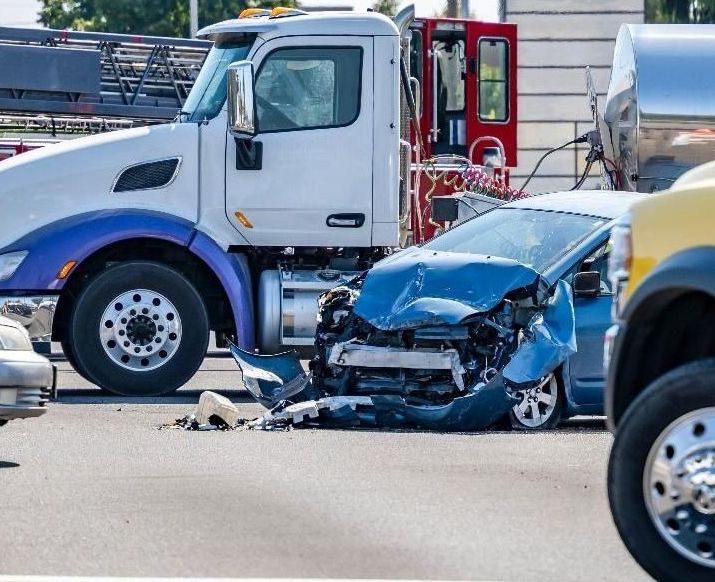
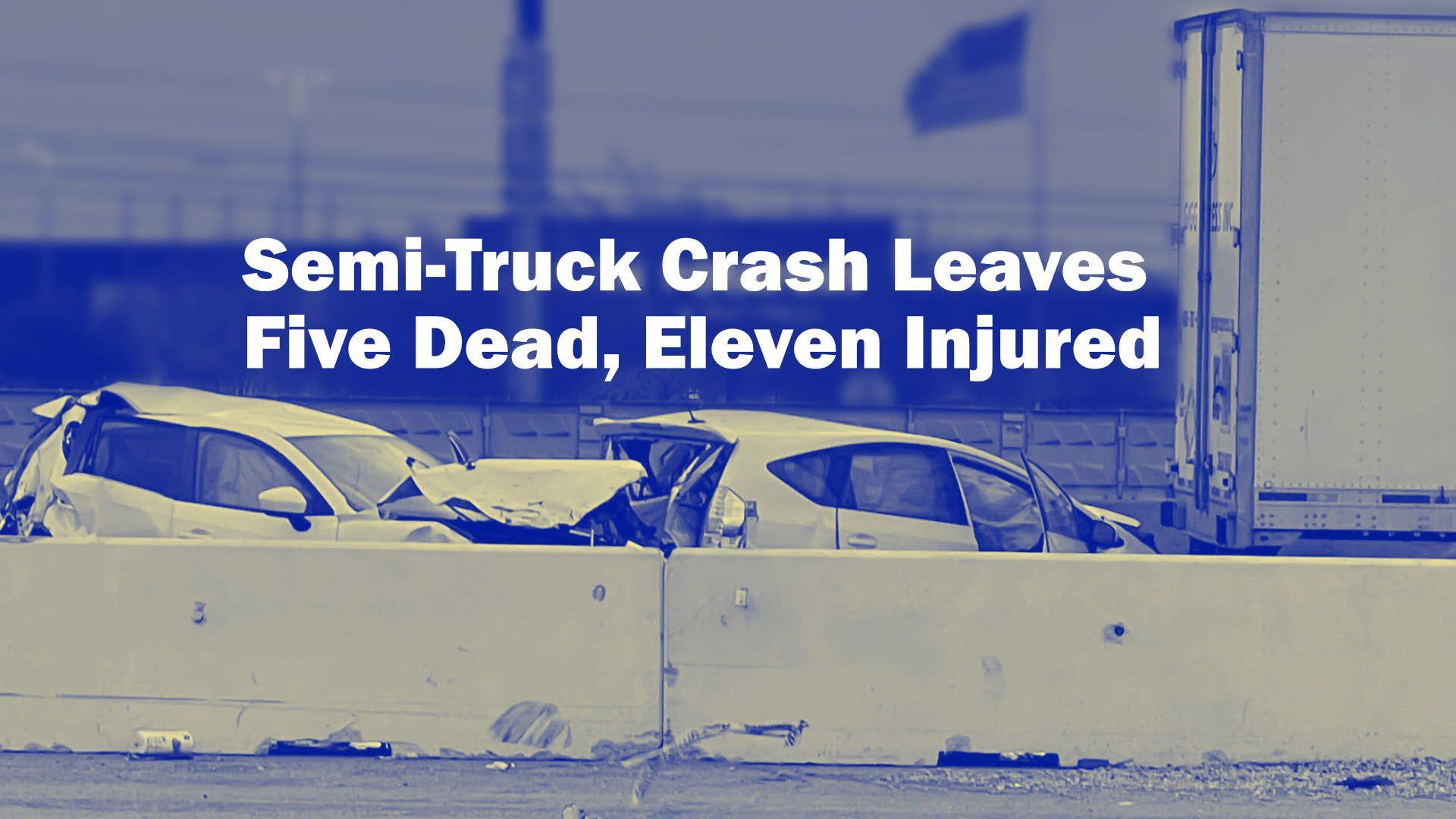
The information on this website is for general information purposes only. None of the information on this site should be taken as legal advice for any individual case or situation. This information is not intended to create, and receipt or viewing does not constitute, an attorney-client relationship.


